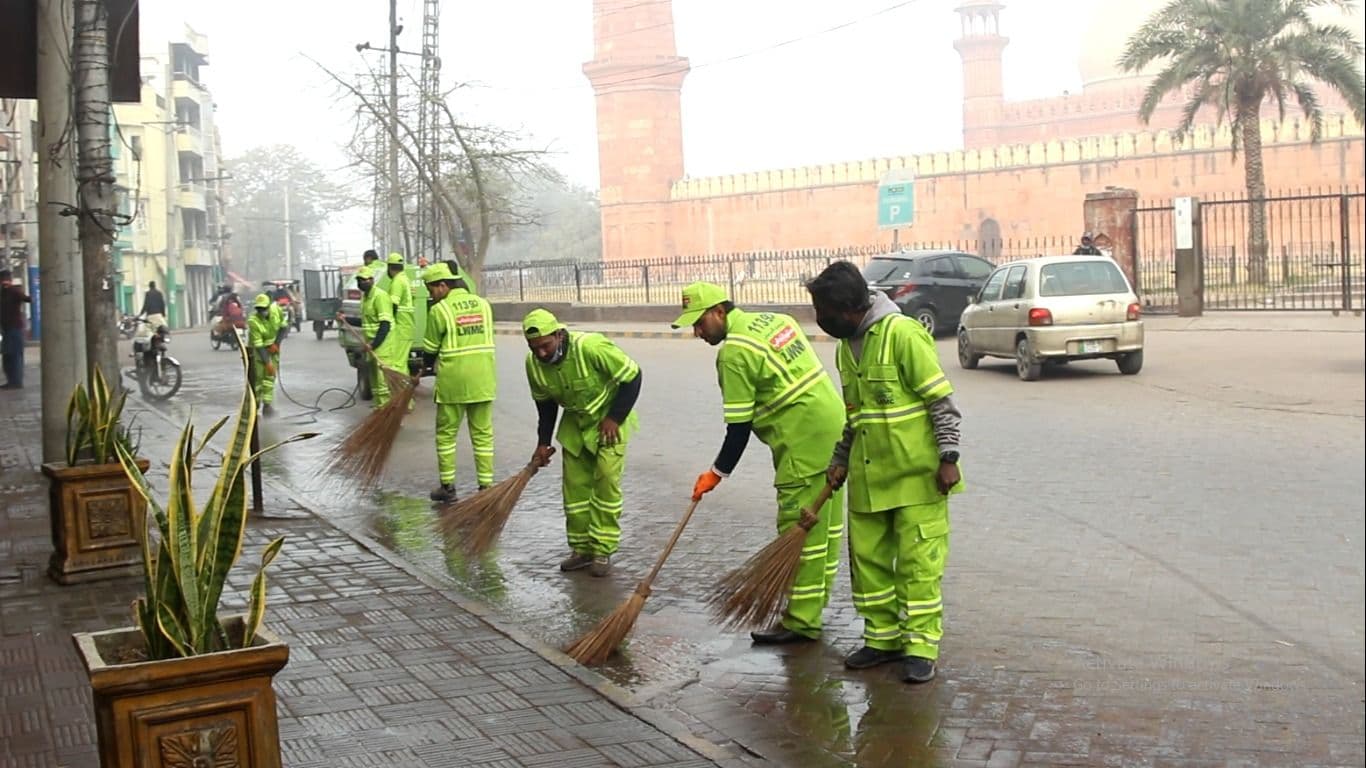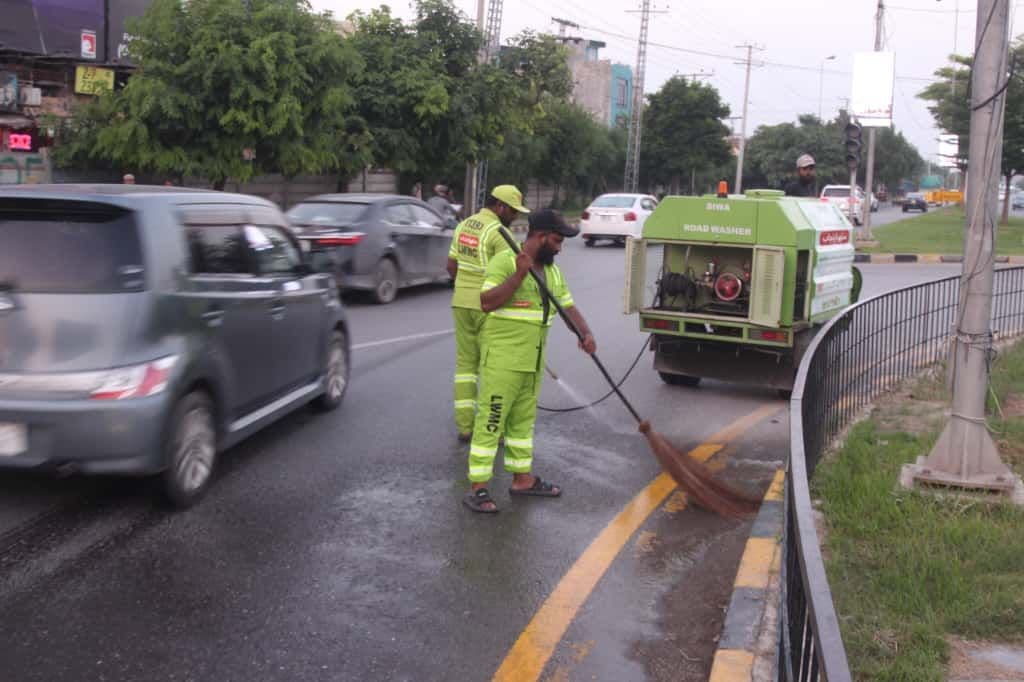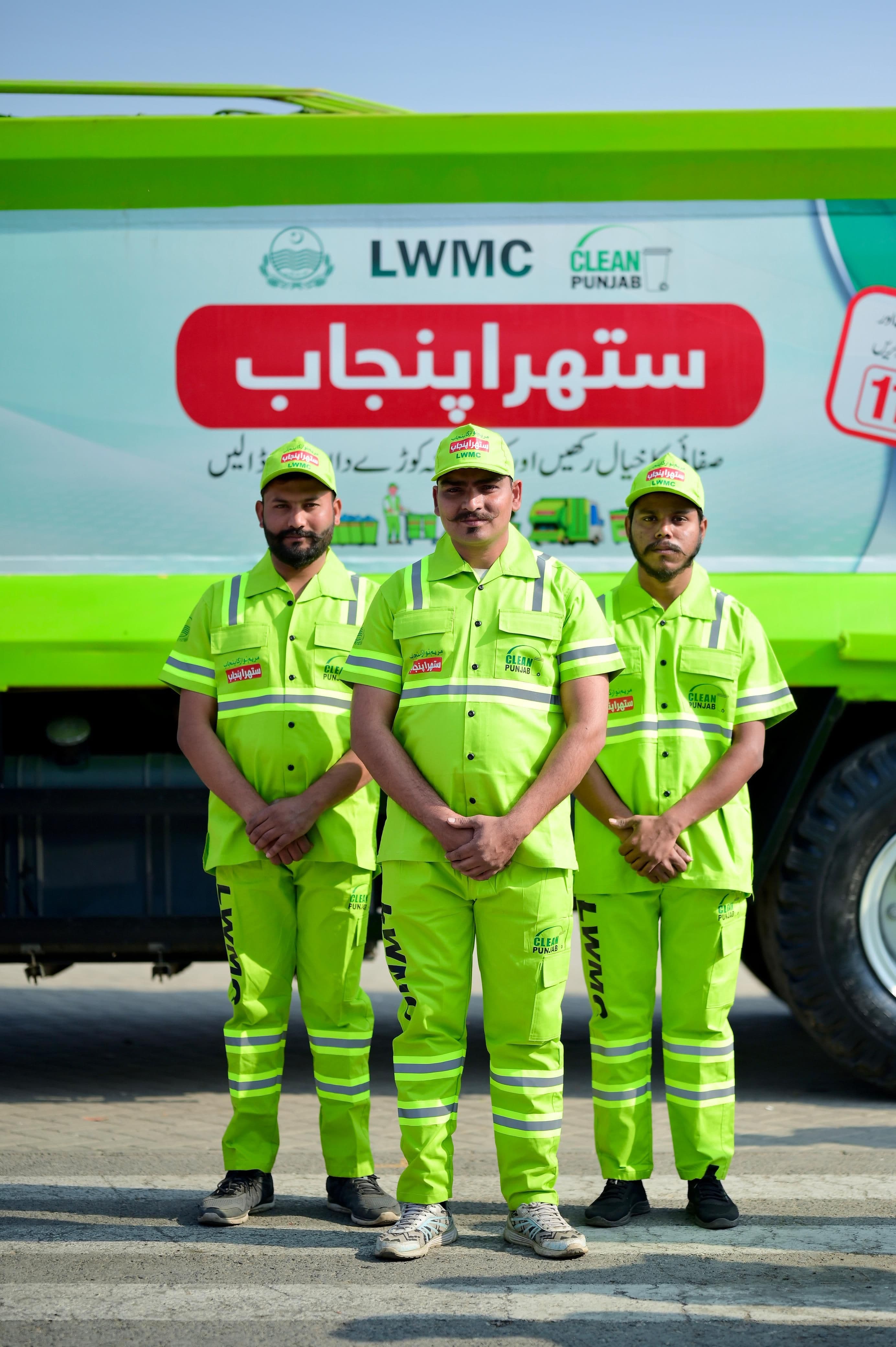From Streets to Systems: How Suthra Punjab's Operational Engine is Transforming Punjab
Behind every clean street lies a powerful operational backbone—140,000+ workers, 28,000+ vehicles, and 45,000 tons of daily waste collection driving Punjab's cleanliness revolution.

Behind every clean street, efficient collection route, and rapid response to complaints lies a powerful operational backbone. Under the visionary leadership of Chief Minister Maryam Nawaz Sharif, the Suthra Punjab initiative is driving one of the largest cleanliness operations in the region, setting new benchmarks in scale, efficiency, and community engagement.
The success of Suthra Punjab is not just in policy—it's in execution. A strong workforce, advanced tools, modern infrastructure, and citizen participation form the pillars of this initiative. Here's an in-depth look at the scale and strength of Punjab's cleanliness operations that are reshaping urban environments across the province.
At the heart of Suthra Punjab are its 140,775 sanitation staff who work relentlessly to keep cities clean. From early morning sweeping to nighttime collection, these frontline workers ensure that urban spaces remain hygienic and waste-free. Their dedication and discipline form the foundation of the entire system. Supporting them is a managerial team of 2,588 professionals, ensuring that operations run smoothly across all districts.
To handle massive volumes of waste daily, Punjab has developed a strong infrastructure network: 6,201 waste enclosures are strategically placed to keep collection points organized and clean. 68,000 waste containers facilitate proper segregation and temporary storage, preventing littering in public spaces. 489 Temporary Collection Points (TCPs) serve as essential hubs, connecting local collection efforts to larger transportation systems. This extensive network ensures that waste is systematically gathered and transported, minimizing environmental and health hazards.
Punjab's waste collection operation is among the largest in South Asia, handling approximately 45,000 tons of waste every single day, with a cumulative figure crossing 7.8 million tons. This massive effort requires precision planning, daily coordination, and constant monitoring to ensure that no area is left unattended. Behind the numbers is a well-coordinated logistical system, powered by technology and real-time data, ensuring timely pickups and efficient transportation to landfill sites.


Efficient waste collection depends on mobility and equipment. Punjab's operational strength includes 28,100+ fleet vehicles of various types including compactors, dumpers, and loaders covering urban and peri-urban areas. 300,000+ janitorial tools enable workers to maintain cleanliness in streets, parks, markets, and public institutions. This massive fleet forms the operational arteries of Suthra Punjab, ensuring that waste moves swiftly from collection points to disposal facilities every day.
Effective waste management is not just about collection; it's also about safe disposal. Punjab operates 140 landfill sites across different regions. These sites are carefully planned to support daily waste inflows, reduce environmental hazards, and prepare the ground for future waste-to-energy or recycling initiatives. By focusing on systematic disposal, Suthra Punjab minimizes illegal dumping and contributes to a cleaner, healthier environment for millions of citizens.
Suthra Punjab is built on community participation. Citizens are not passive observers—they are active contributors. With over 300,000 feedback entries recorded through various complaint and feedback mechanisms, the initiative has created a direct line of communication between the public and operational teams. This citizen-centric approach ensures that issues are identified quickly and resolved efficiently, strengthening accountability and trust between people and government.
All these efforts are guided by the visionary leadership of Chief Minister Maryam Nawaz Sharif, whose focus on modernization, transparency, and service delivery has turned cleanliness into a top provincial priority. Through strategic planning and resource mobilization, the government has built a system that operates at scale, integrates modern tools, and actively engages communities. This leadership-driven model is redefining how urban cleanliness is managed in Punjab.
The operational strength of Suthra Punjab reflects more than just numbers—it represents a new model of urban governance. With structured planning, dedicated human resources, smart infrastructure, and citizen involvement, Punjab is setting an example for other regions to follow. The initiative's ability to manage massive daily operations while maintaining transparency and responsiveness demonstrates that large-scale cleanliness is achievable when vision meets execution.



